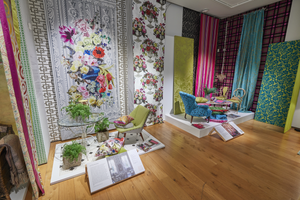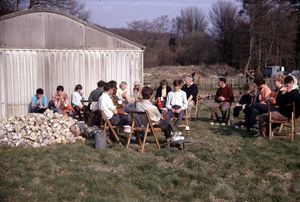For the Romans, entertaining guests in your home was the perfect opportunity to show off your intellect, wealth and status. The intricate mosaic on display at Winchester City Museum demonstrates not only this aspect of Roman life, but also the remarkable interconnection of Hampshire’s Roman and Celtic culture in the 4th century.
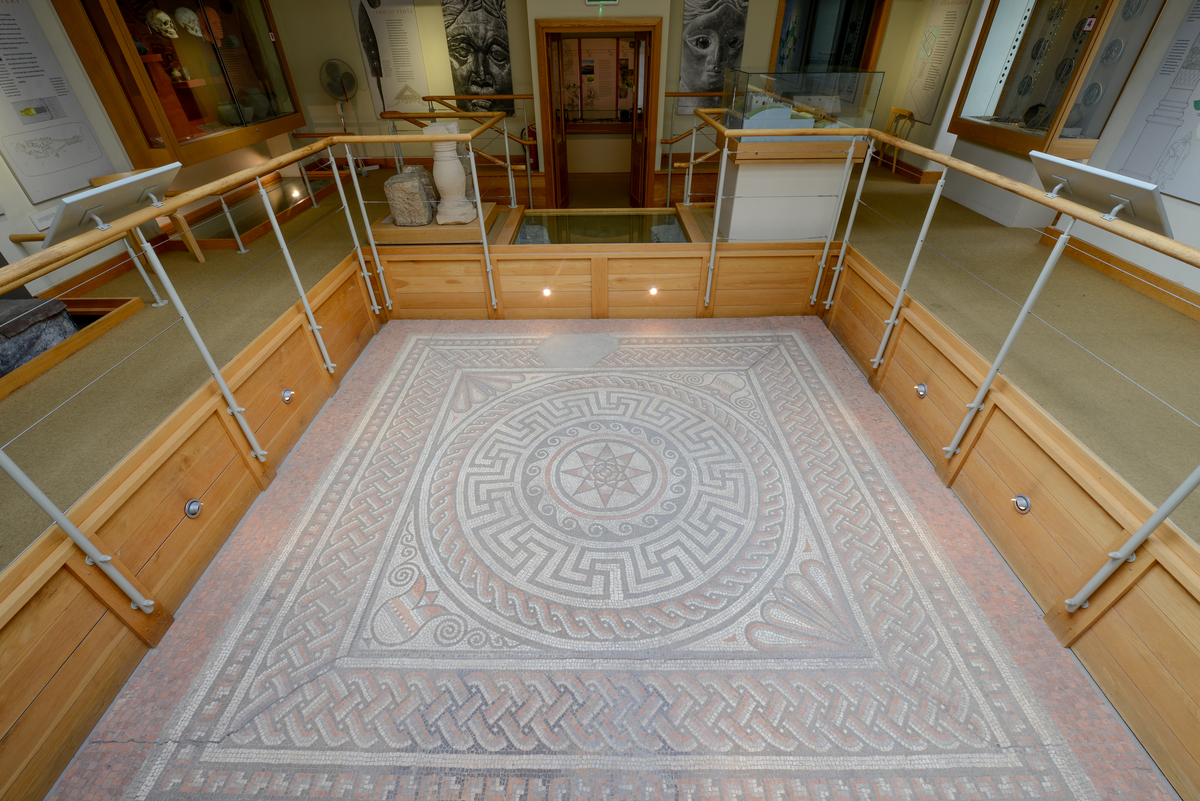
The mosaic, unearthed during the late 20th century excavations of Sparsholt Roman Villa, likely decorated the floor of the triclinium, or dining room. This was a fundamentally Roman interior design choice. However, the eight-pointed star occupying the central area of the mosaic is a Romano-Celtic motif, representing life surrounded by the ocean, heavens and earth. These cosmological elements are illustrated on the mosaic as a ring of waves (the ocean), a meandering swastika design (the heavens) and flowers in opposite corners (the earth). The geometric design is reminiscent of other mosaics found in the surrounding area, and therefore may have been produced by a local collective of workers located in Winchester, known then as Venta Belgarum. Some scholars have named this collective the Central Southern Group.
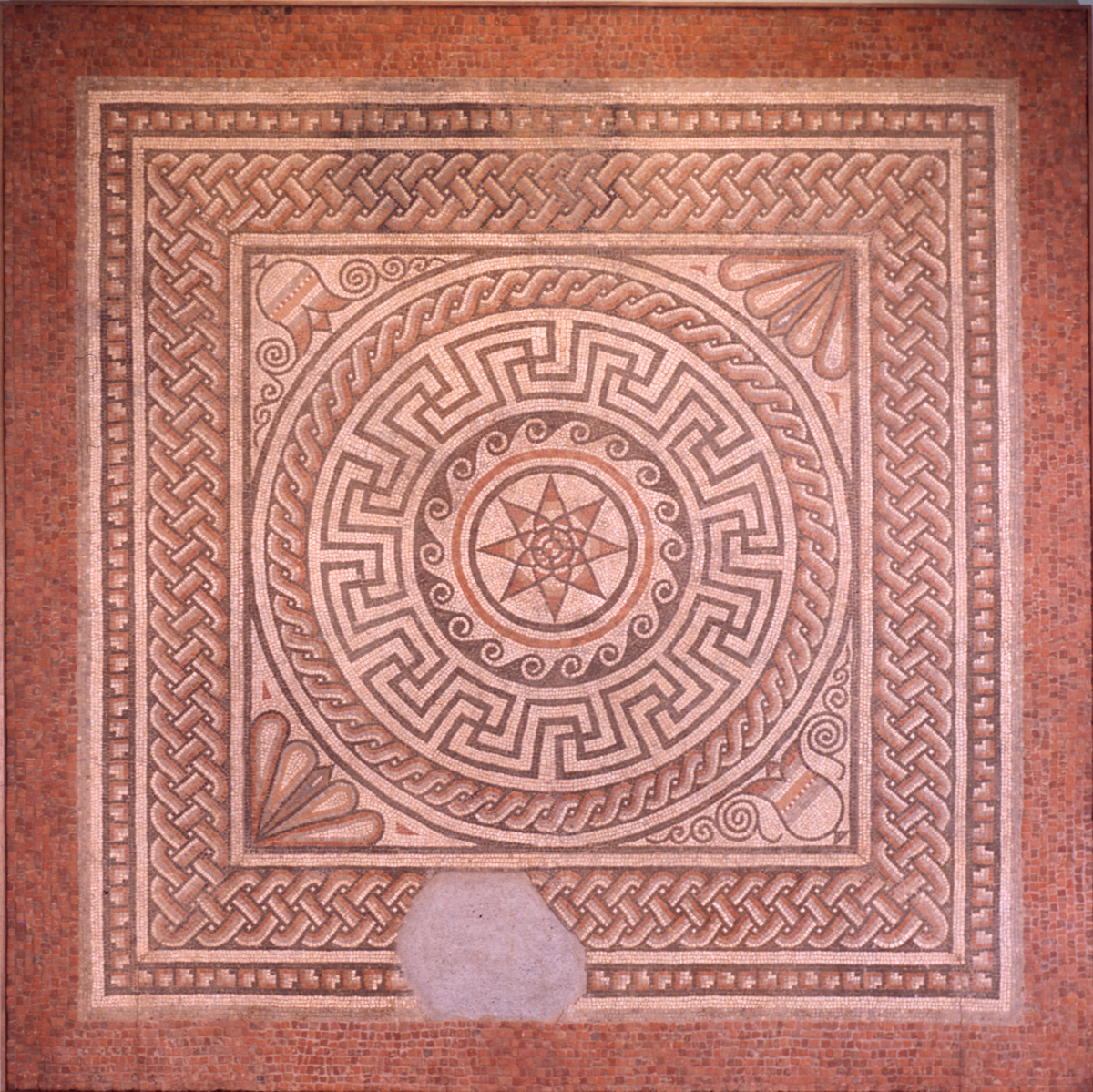
The cosmological and cross-cultural aspects of the mosaic would have provided the perfect backdrop for intellectual and philosophical debate, one of the primary features of Roman dinner party conversation. Meanwhile, the detailed pattern, constructed from thousands of tiny tiles called tesserae, would have illustrated the host’s wealth and status. Since more complex mosaics required more skilled artisans and more time to complete, the interior design of the triclinium was considered as much a part of the dining experience as the food itself.
One of the best literary examples of Romans showing off through interior design takes place in Petronius’ work of fiction, Satyricon. Set in a lavishly decorated dining room, the host Trimalchio is a caricature of a crude and obnoxiously wealthy Roman who hosts an extravagant dinner party to show off to his guests. These dinner parties often went on into the early hours of the morning, so the brazier which likely stood over the blackened tiles opposite the damaged portion of mosaic would have been a welcome addition.
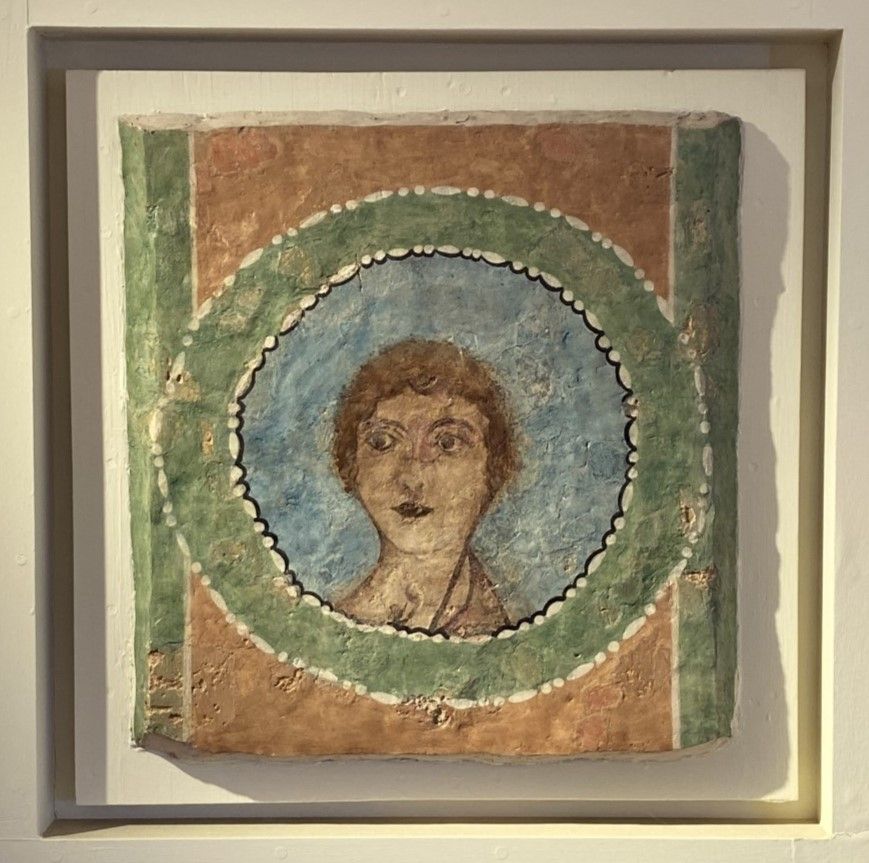
Displayed near the mosaic is a fragment of a wall fresco depicting the likeness of a Roman woman, which decorated the same room. Unlike Ancient Greek women, Roman women were allowed to dine at such events:
‘...at a given signal all the slaves called “Fortunata” four times and more. So she came in with a high yellow waist-band on, which allowed a cherry-red bodice to appear under it, and twisted anklets, and white shoes embroidered with gold. She wiped her hands on a cloth which she had round her neck, took her place on the sofa, where Scintilla, Habinnas's wife, was lying, kissed her as she was clapping her hands, and said, “Is it really you, dear?”’
Petr. 67 (trans. Heseltine, M. and Heinemann, W., London, 1913).
The woman depicted on the fresco may well be the lady of the villa who, like Fortunata, enjoyed entertaining guests in her home. Since the remains of the building are no longer visible in-situ, Winchester City Museum is the only place where you can get a glimpse into the real life of this Roman woman, the walls she lived within and the floor she walked upon.
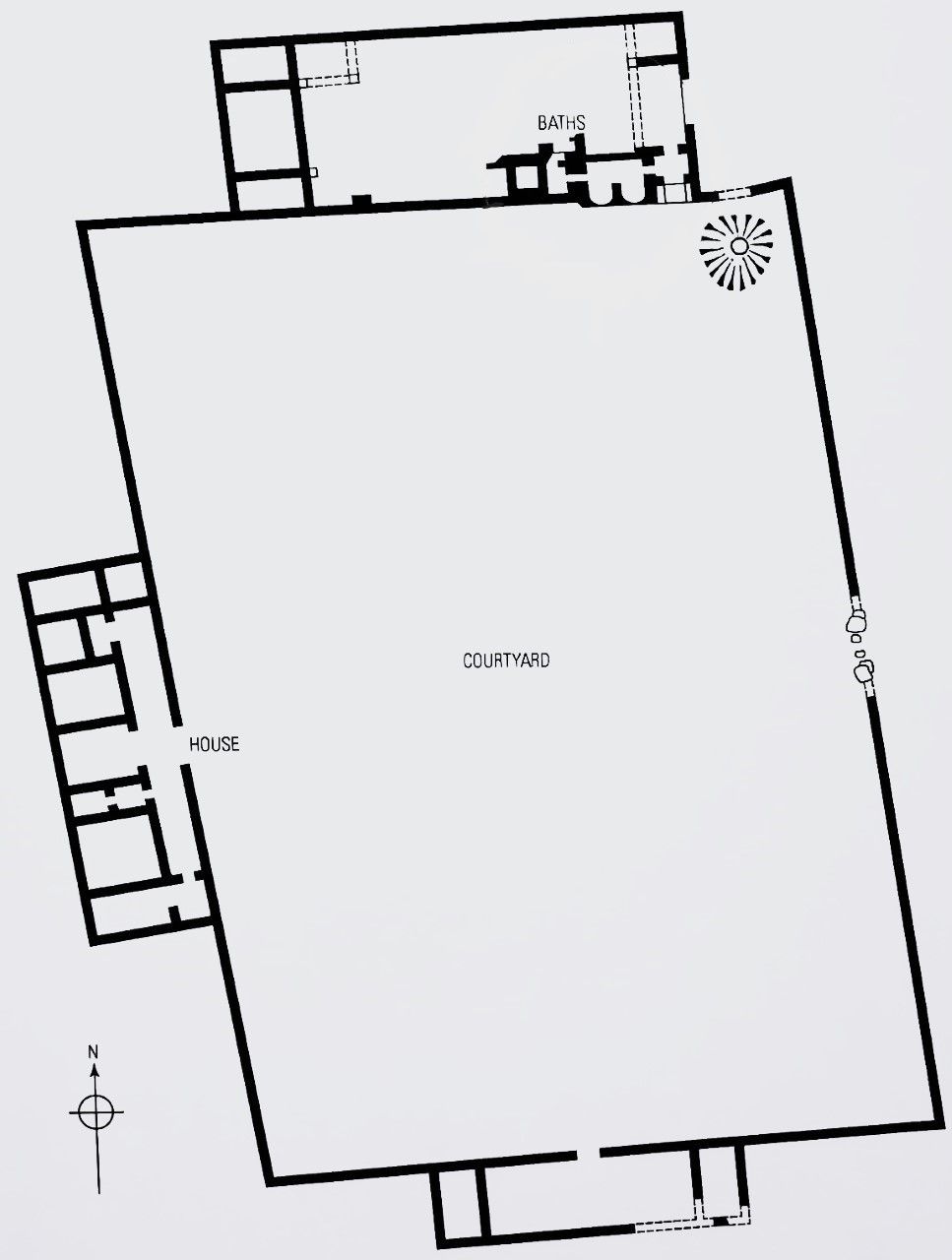
This article was written by Anna Pratley, Visitor Experience Assistant, Winchester City Museum.



